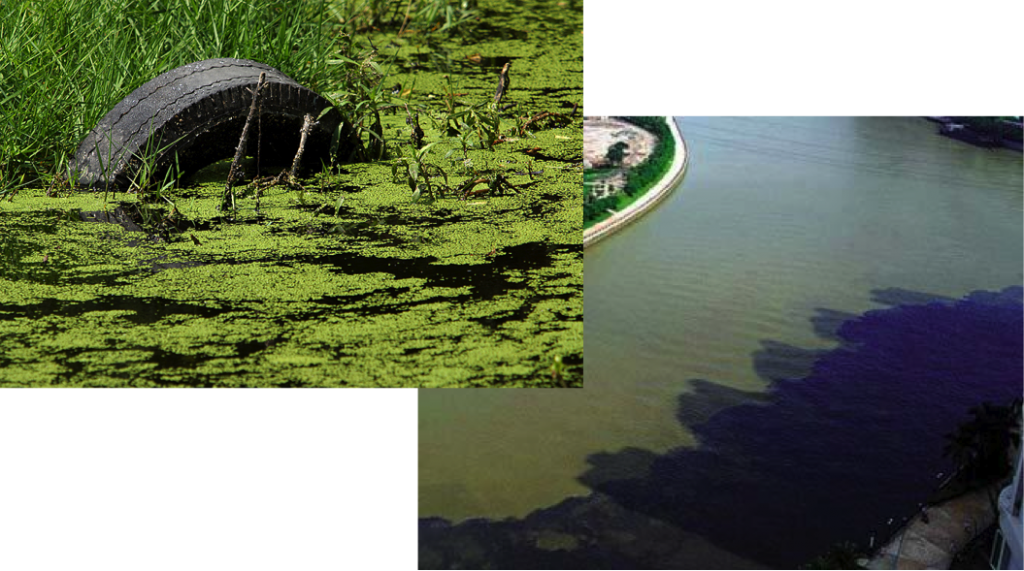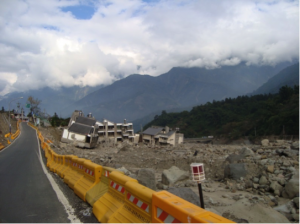Alluvial river channels are formed by sediments transported from upstream watersheds. Due to the variability of watershed hydrology and sediment yields, river channel morphology constantly varies in response to the water flow and sediment transport in the river. This would cause river channel bed change, bank erosion and reservoir sedimentation. Numerical models are the most cost-effective tools to study these flow, sediment transport, pollutant transport and water quality problems.
Sediment is the largest pollutant that is transported along rivers. It changes channel morphology and deposits in reservoirs, lakes, estuaries and river deltas. Sometimes the excessive sediment greatly reduces the reservoir capacity. The excessive sediment and nutrients discharged could also affect the water quality and ecology of a lake.

Excessive nutrients, pesticides and other agro-chemicals are washed into water resources. Environment quality is deeply compromised in exchange to more food production. Poisonous chemicals could be released accidentally into water resources and results in fish kill, environment degradation and disturbance on water supply.

Formed by the deposited sediment of the past, river banks are part of the alluvial system. River banks can be eroded by channel flows, resulting in damages. Numerical simulation can be applied to study the bank erosion process and help to manage the problem.

|

|
Due to the differences in their flow, sediment and bed material characteristics, rivers have self-developed distinguished patterns. Straight, meandering and braided channels are commonly seen. Low variability of flow and low mobility of bed sediment would develop meander channels, braided channels would more likely develop under high variability of hydrology and sediment transport conditions. Sediment transport, bank erosion and channel migration in these rivers are different and these processes will result problems for farming, highway transportation, and water resource management, etc.

When bare rock is exposed to the river flow, direct abrasion of the rock surface and the sediment particles carried by the river flow will occur. The morphological change of rivers in this situation is normally very slow because the abrasion of bed rock is a slow process. However, if the rock is deeply weathered or naturally soft, the abrasion process can be stunningly fast and destructive to river banks and in-stream structures.

Inland-flooding due to torrential rains, reservoir dam break and river levee breaching are detrimental to people’s lives. Each year, millions of people lose their belongings and are displaced from their homes by flooding.

In-stream structures, particularly bridge piers, block the pathway of flow. Excessive erosions and local scouring around the piers and abutments often occur. Local scouring not only results in damage to the structures, but also imposes a threat to the safety of highway and railway transportation.

Coastal zones often have prosperous economies and high concentrations of population. Coastal zones are also exposed to the forces of detrimental hurricanes, storm surges and coastal waves. The combined effects of hurricanes have caused billions of dollars in property damage and thousands of casualties and fatalities.


